Mud Maker: The Man Behind MLB’s Essential Secret Sauce

This story appears in the July 29, 2019, issue of Sports Illustrated. For more great storytelling and in-depth analysis, subscribe to the magazine—and get up to 94% off the cover price. Click here for more.
Jim Bintliff’s collection of lies is small and sharply curated, each one loose enough to be plausible and mundane enough to limit interest in verifying it. They work like this: Bintliff will be out on the banks of a tributary of the Delaware River, in his personal uniform of denim cutoffs and disintegrating sneakers, using a shovel to harvest buckets of mud. Someone will come along and ask what he’s doing. Bintliff sizes up the questioner, usually a boater or swimmer or fisherman, then picks from his collection. I’ve been sent by the Environmental Protection Agency, and I’m surveying the soil. Or: I’m helping the Port Authority, looking into pollution. Or, if it’s a group of young folks who look like they’ve only come out on the water for a good time: I take this mud, and I put it on my pot plants. They grow like trees.
This always does the trick. It prevents anyone from exploring what he’s actually doing, which is what he’s done for decades, what his father did before him, and his grandfather before him: Bintliff is collecting the mud that is used to treat every single regulation major league baseball, roughly 240,000 per season.
Mud is a family business; it has been for more than half a century. For decades, baseball’s official rule book has required that every ball be rubbed before being used in a game. Bintliff’s mud is the only substance allowed. Originally marketed as “magic,” it’s just a little thicker than chocolate pudding—a tiny dab is enough to remove the factory gloss from a new ball without mucking up the seams or getting the cover too filthy. Equipment managers rub it on before every game, allowing pitchers to get a dependable grip. The mud is found only along a short stretch of that tributary of the Delaware, with the precise location kept secret from everyone, including MLB.
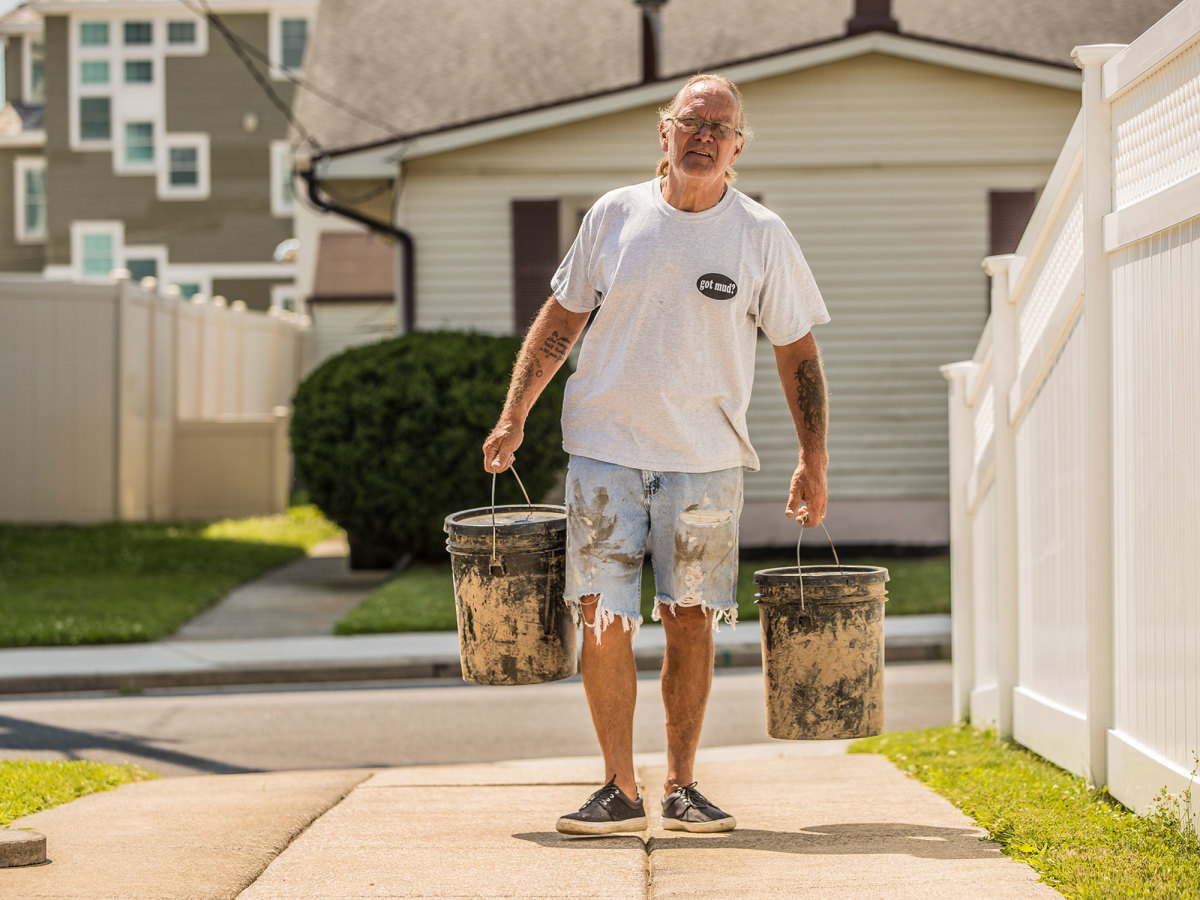
The business is small and fundamentally unglamorous. Bintliff harvests the mud himself, using only a shovel and a few buckets, as he has for his entire adult life. The 62-year-old has recently begun bringing a trusted assistant to help him carry the load, but other than that, the process is the same as it has always been. After he collects the mud, he hauls it back to his yard in southern New Jersey, where it sits until he’s ready to pack it up in his garage and ship it out to teams. His wife, Joanne, takes orders and does invoicing. That’s it. There’s no one and nothing else to the operation. It’s increasingly out of place in a hyper-controlled, ultra-competitive, high-tech league, where every detail is calibrated for peak efficiency.
So it shouldn’t be surprising that MLB has recently tried to eliminate Bintliff, teaming with Rawlings to develop a ball that doesn’t need to be enhanced by mud. But baseball is realizing that it isn’t so easy to replace him, and, in fact, it might not be possible at all.
The mud’s story does not begin with the Bintliff’s family. It begins with Ray Chapman—the Cleveland Indians shortstop who was killed by a pitch to the head in 1920, the only major leaguer to die from an injury received during a game. After the tragedy, MLB tried to improve player safety. It needed something that would help a pitcher’s grip without damaging the ball’s surface or dirtying it so much that it would be difficult for hitters to see. Teams tried shoe polish, tobacco juice, dirt. Nothing worked.
In the 1930s, though, Philadelphia Athletics third base coach Lena Blackburne found the answer. He rubbed a baseball with mud found near his childhood home in Palmyra, N.J.—special mud, smooth, almost creamy, gloppy without being especially gooey. (It’s a geological thing, Bintliff says: There’s a high clay content in the soil, an oddity for the area, plus brackish water from the tributary mixing with “cedar water” dropping from nearby trees. Perfect conditions exist for only about a mile.) Blackburne realized that a single finger dipped in mud would yield enough to spread across an entire ball, removing all of the dreaded shine without discoloring the surface. And, crucially, this mud neither dribbled off nor sat heavy on the cover. Instead, it permeated the cowhide, perfect for improving grip. If you waited just a minute, any lingering muck would fade and it would be hard to tell that the ball had been treated at all—unless, that is, you were the pitcher, who would immediately be able to feel it.
Blackburne brought his find back to the Athletics, and it was an immediate hit. Soon, every team wanted some. In order to handle mud collection, the coach partnered with an old friend of his from New Jersey named John Haas. They called it Magic Mud, and by the 1950s it was standard for every team to rub it on every single baseball.
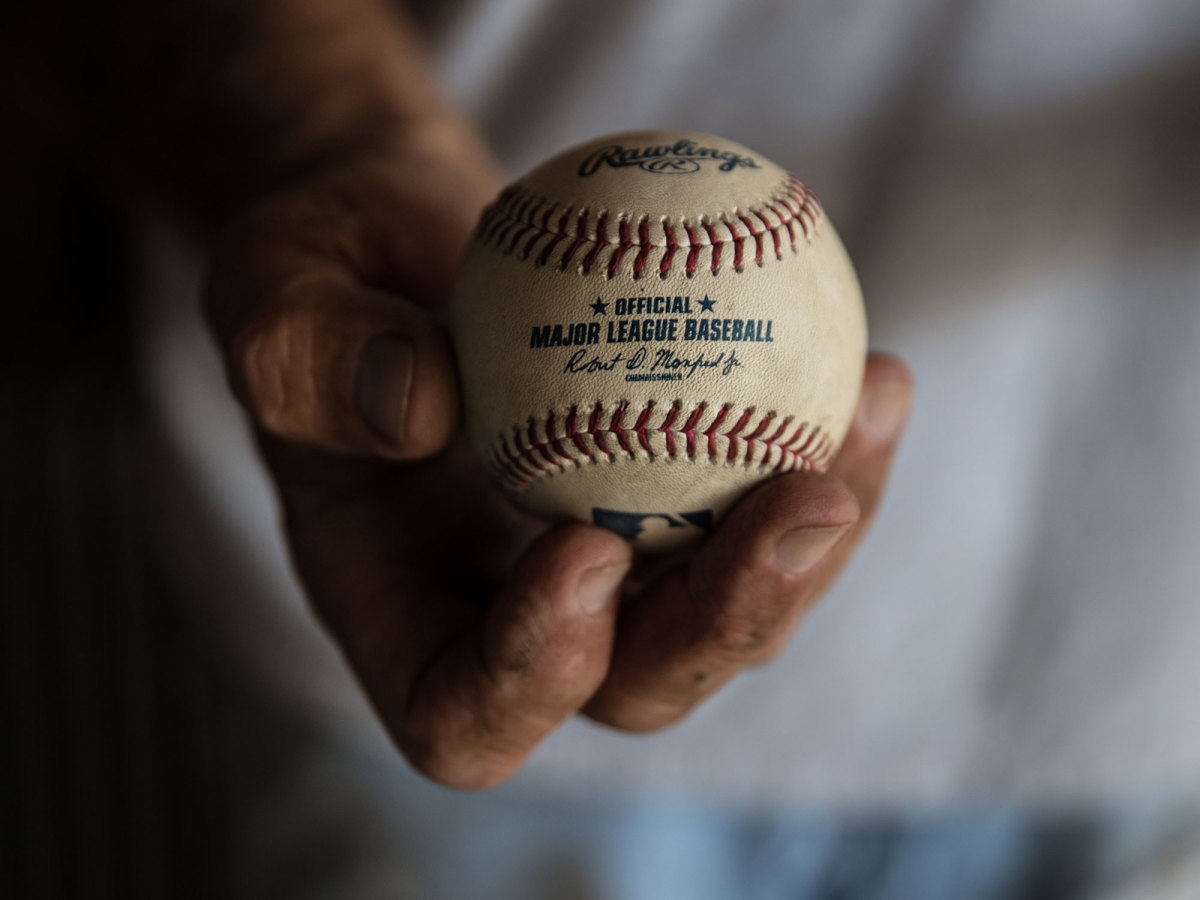
Haas was Jim Bintliff’s grandfather. When Jim was 10, Haas decided that his grandson was ready for his first harvest. The two of them made their way to the secret location on foot and packed mud into a five-gallon camping kettle—the start of a lifetime of mud-work for Jim. His grandfather took full control of the company when Blackburne died in 1968; eventually, it was passed on to Jim’s father, Burns Bintliff.
Jim still doesn’t know exactly why he was the one picked to carry on the legacy. He’s one of nine children, all of whom were encouraged to play in the mud from an early age, and Jim is right in the middle of the birth order. But when he was 15, during a family mud harvest, his mother turned to him and said that she felt he’d eventually be the one in charge. Whatever she saw in him, she was right. Nearly 50 years later—long after his grandfather and father have died, after siblings have moved far away—Bintliff has never wanted to leave New Jersey, never wanted to quit the business.
“I know the mud,” he says. “I’m the only one on the planet who does.”
It isn’t simply a matter of shoveling the mud and packing it into tins. No, it’s a process—a little art, a little science, plenty of patience. “It’s like wine,” Bintliff says, joking only slightly. Good mud needs to mature. It needs to be cleansed. (“Clean mud,” he’ll have you know, is not a contradiction in terms.) When he brings the stuff back to his house, he first runs it through a strainer, removing any twigs or leaves. Then, it has to sit. Mud is mixed with the right amount of water and deposited into bins the size of trash cans. Over the course of five or six weeks Bintliff will siphon off excess liquid and rerun the mud through the strainer. Finally, the water will have fully drained, and the mud should be ready. It will feel more like cold cream than pudding, with any trace of grit removed. Mix a dollop with a tiny bit of water (or spit, as some equipment managers do), and it will be just perfect for rubbing up a baseball. He used to send it to teams in spray-painted coffee cans, but in recent years he’s made the upgrade to plastic containers with labels.
Bintliff now has a modest backyard, just enough room to fit four mud bins at a reasonable distance from a small patio table. When he married Joanne in 1989, though, they didn’t have any outdoor space. Instead, they had to store the mud inside—and the only space large enough was the laundry room, which, despite the practicality of its tiled floor, is hardly where anyone might want to keep giant containers of mud for weeks at a time.
But Joanne didn’t particularly care. (“It’s very clean, as far as mud goes.”) She had a bigger battle to fight: She wanted, more than anything, to know the mud’s secret location. Bintliff had told her about the family business only just before their wedding; at the time, his father still owned the company, but all the work of harvesting had been passed on to him.
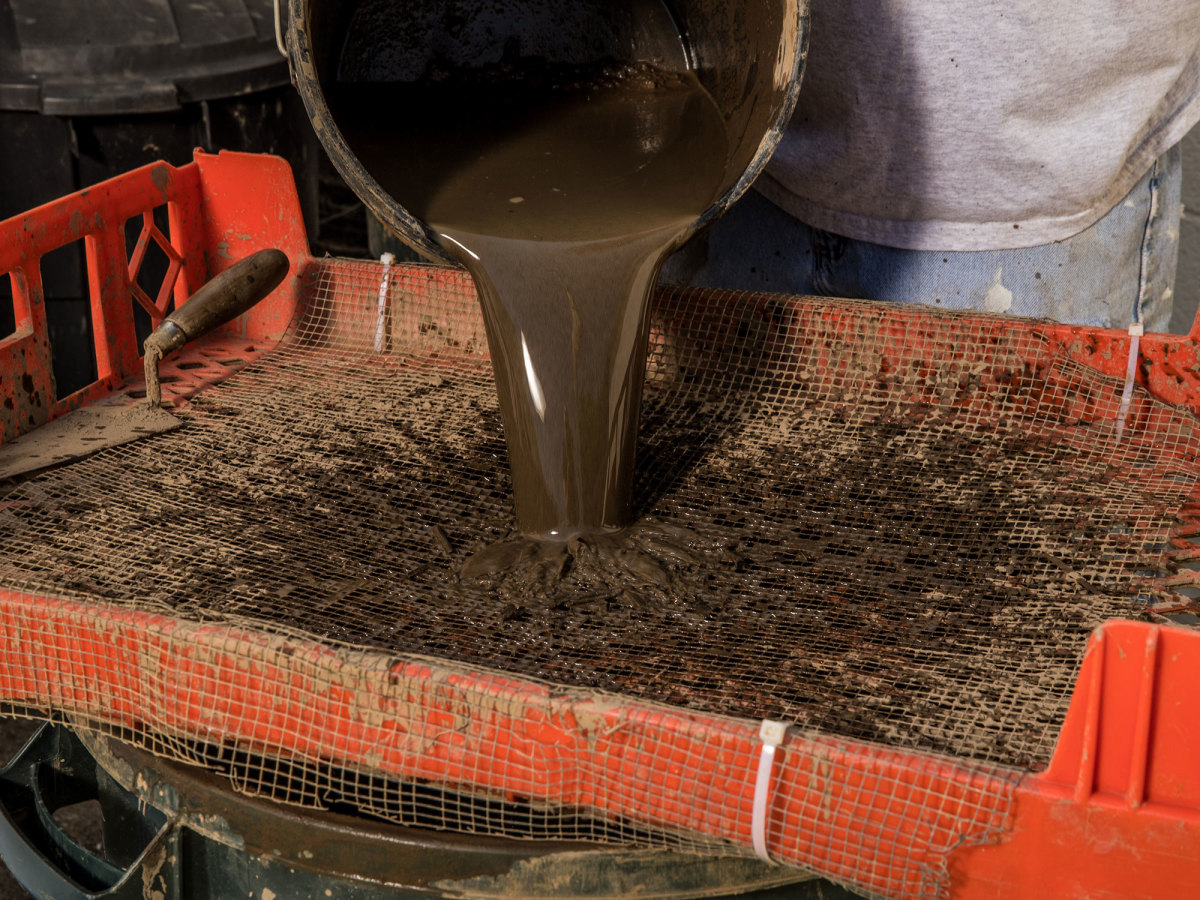
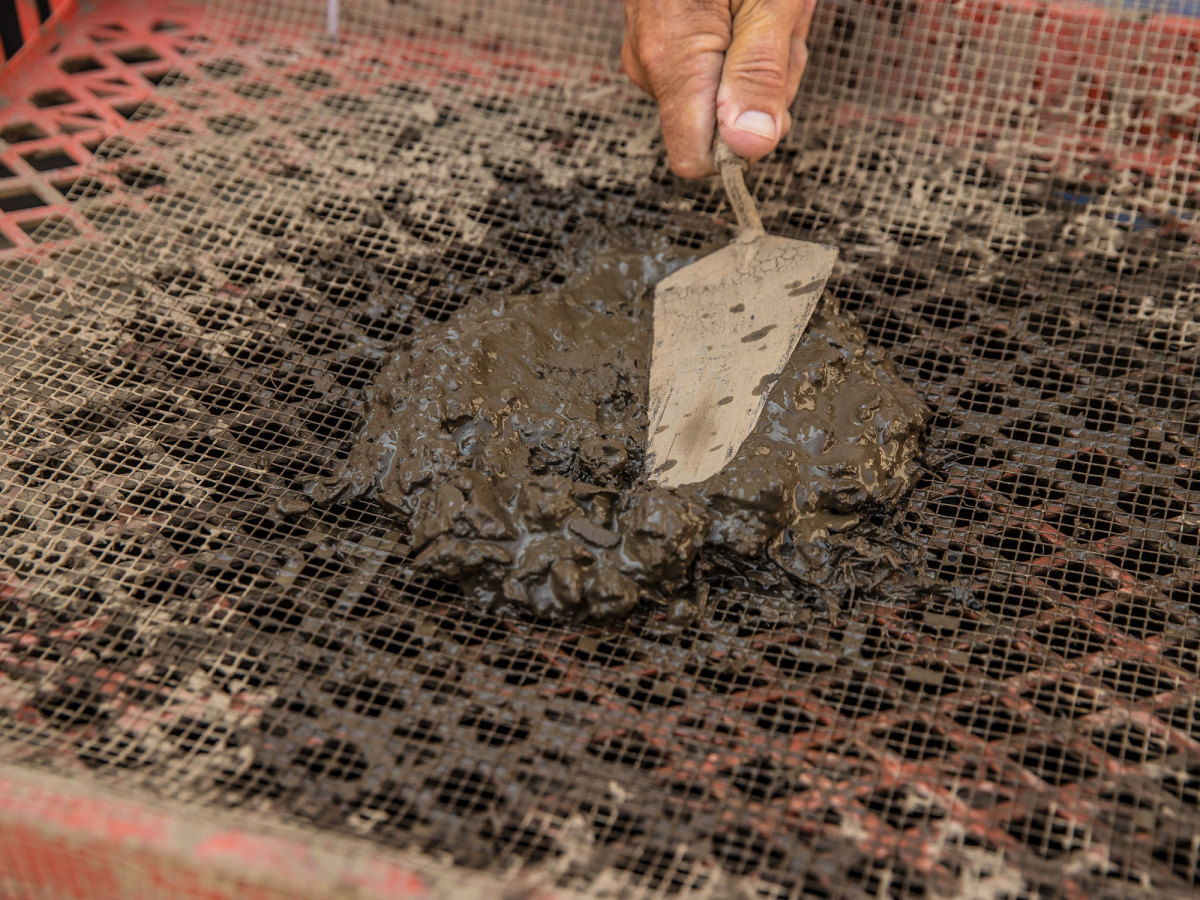
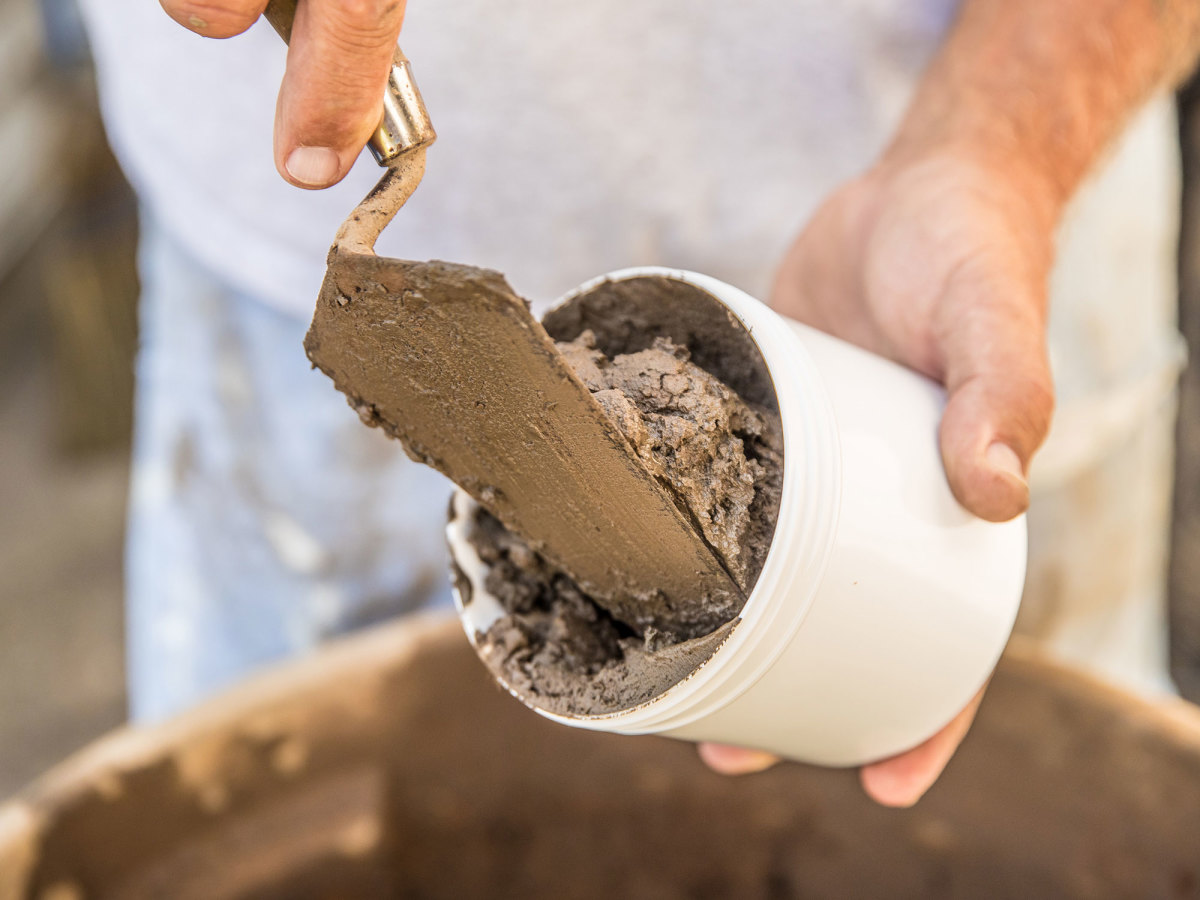
“I thought it was the coolest thing in the world, I did,” Joanne says. “I said, I can’t wait to go dig up mud, oh, I really wanted to play in the mud!”
She wasn’t allowed, though—yet. They were legally wed, yes, but sharing the specifics of the family secret represented an entirely different kind of intimacy for Jim. This was new, and he wasn’t quite sure if he was ready to open up. But after five years of marriage, and the birth of two daughters, he took her out to see the mud at last. She’s been going ever since.
Mud is not a lucrative business. This might seem simultaneously self-evident and strange: It’s mud, but it’s an essential piece of a multibillion-dollar business, a feature without which an official baseball game cannot be played. Bintliff makes more money from it than his dad, but that’s not saying much. When Sports Illustrated did a short piece on his father in 1981, each can of mud was $20, and every team ordered two per season. In 2019, a can goes for $100—in keeping with inflation, plus a little extra—and every team orders four. Modern baseball has been kind to Bintliff: More home runs and more foul balls mean using more balls, and each additional one requires additional mud. “Every time we see a foul ball hit, it’s like, cha-ching!” Joanne says.
But you can multiply $100 by 30 teams by four annual cans and see that it’s only around $12,000, not enough to make anyone rich (or even particularly comfortable). Bintliff has worked to expand the business, selling to softball teams and Little League, but this only goes so far. The family has never been able to live on mud alone. For decades Bintliff worked the graveyard shift as a printing press operator and Joanne was a typesetter for the same company. Now, they’re both semiretired; Social Security is enough to pay the rent while mud is enough to cover everything else.
But, modest as it is, Bintliff’s business is facing an existential threat. In 2016, MLB approached Rawlings about developing a baseball with a naturally improved grip, right out of the wrapper. It made sense: From MLB’s perspective, there are several reasons to abandon mud. It would no longer have to be so dependent on Mother Nature, no longer have to rely on a single secret spot, and, perhaps most crucially, would no longer have equipment managers rubbing dozens of baseballs in idiosyncratic ways. Essentially, in the current setup, there are plenty of chances for the ball to be affected by irregularities, however tiny—which could hypothetically be removed by a ball that doesn’t need mud.
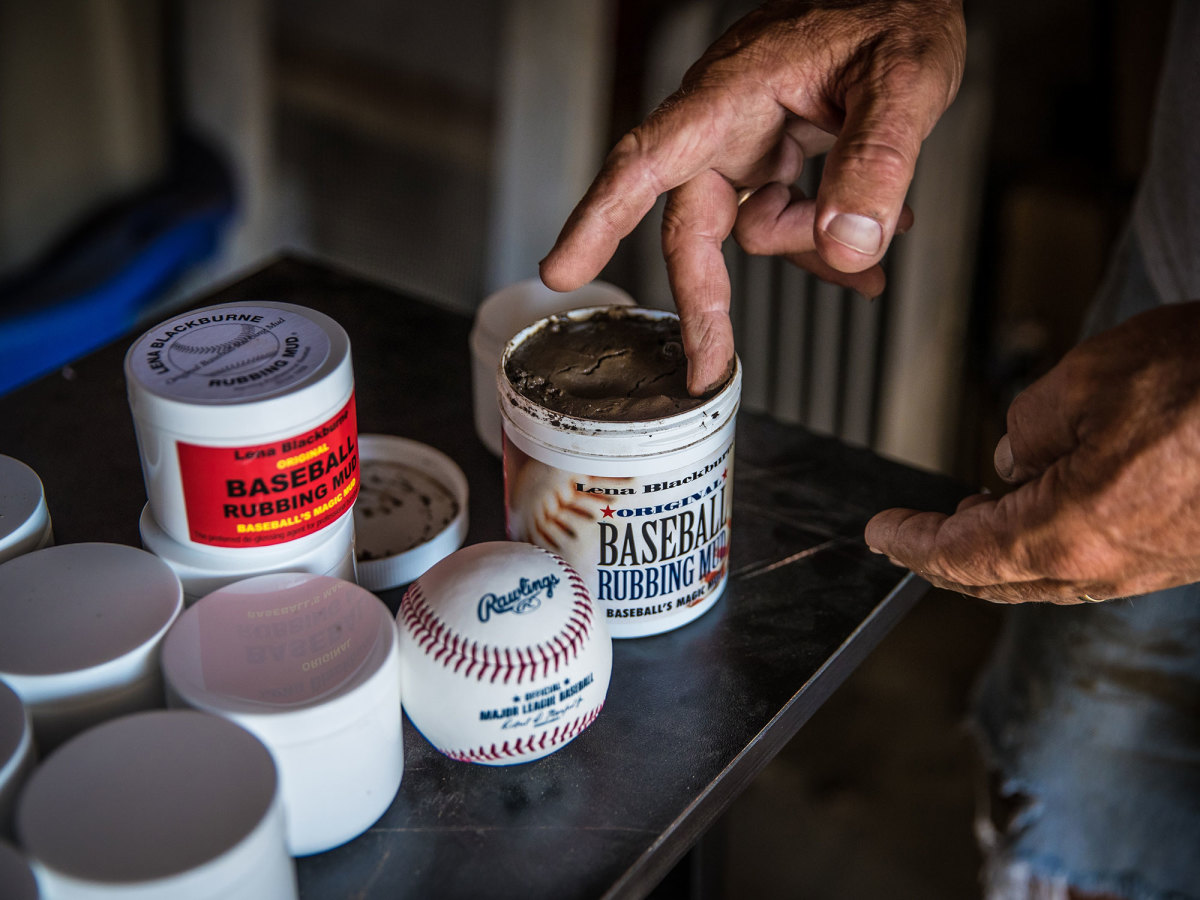
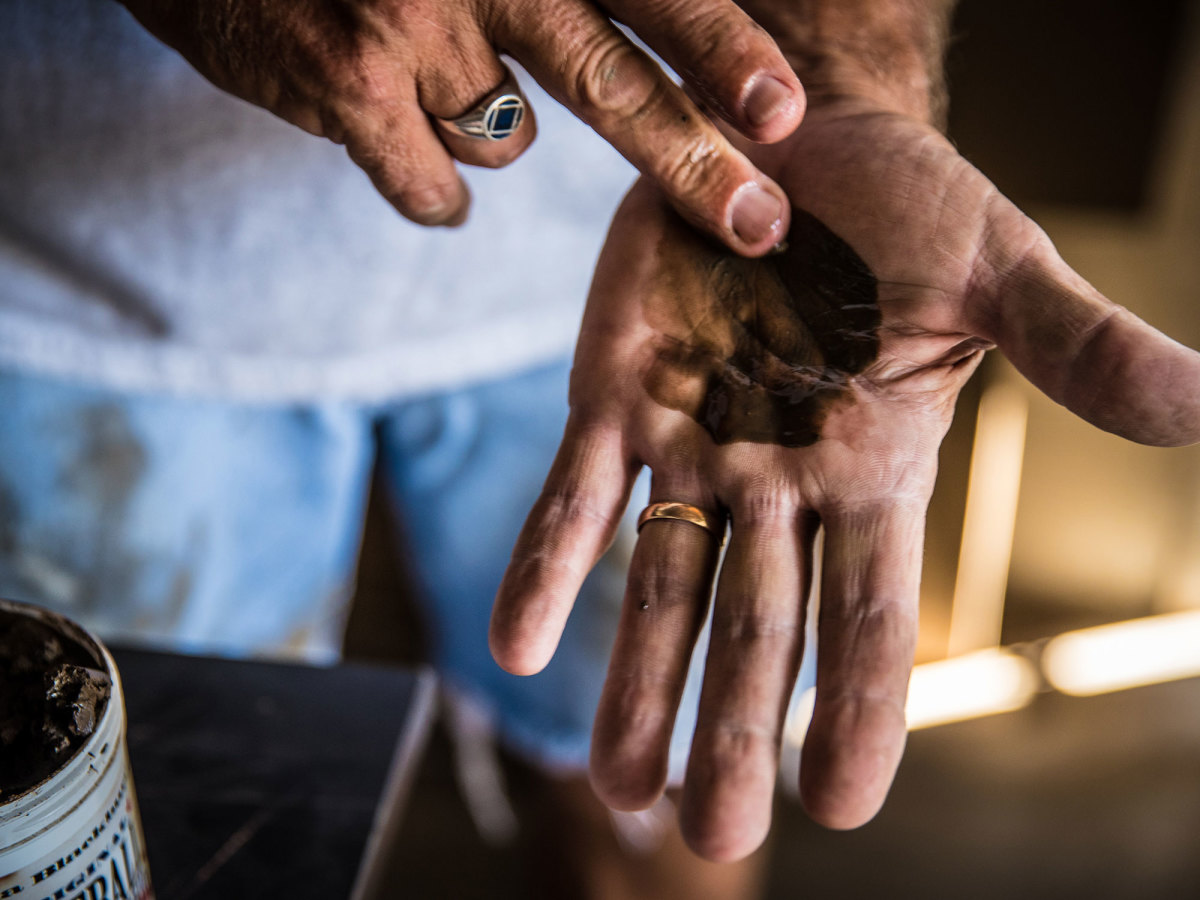
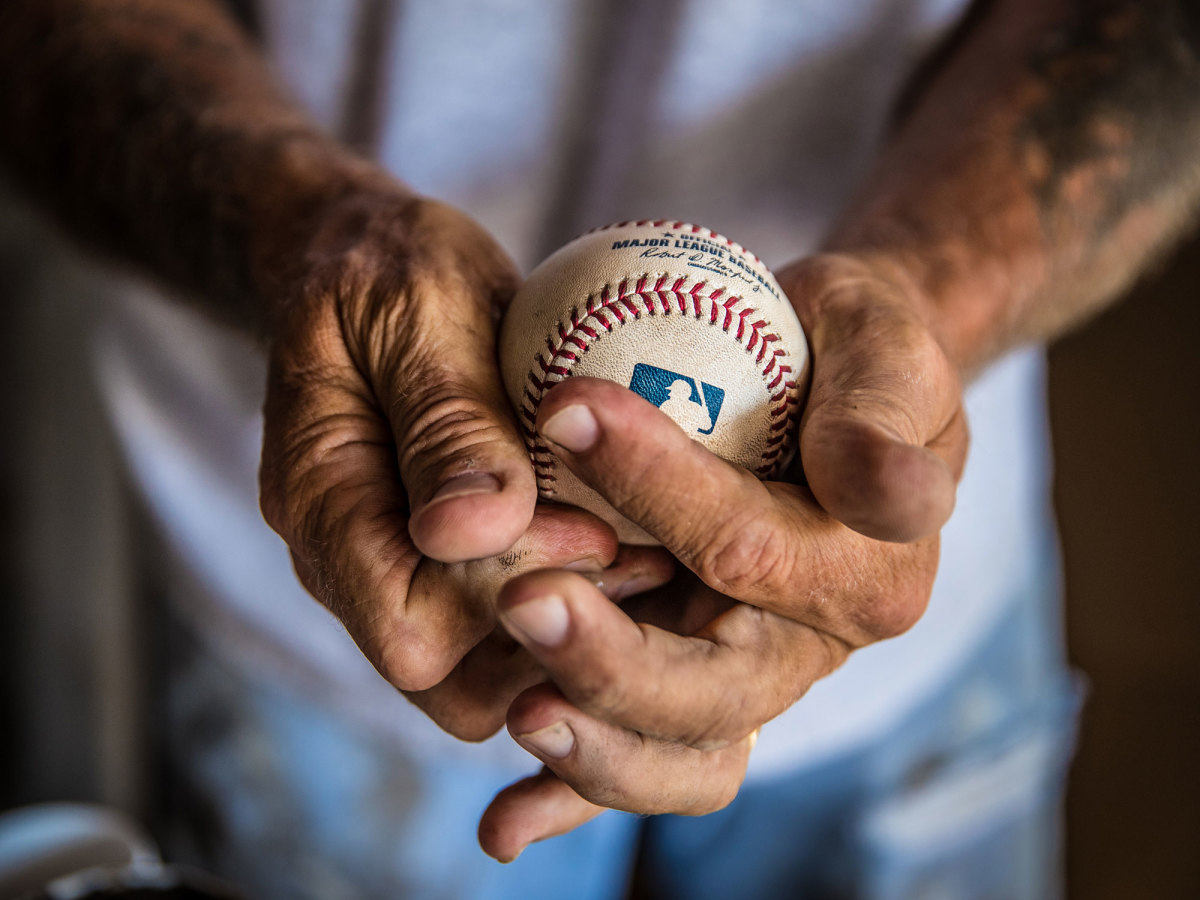
So Rawlings developed a prototype for MLB, first tested in the Arizona Fall League in 2016. Bintliff’s son Jason forwarded him an article about the experimental ball.
“He said, ‘What do you want to do?’” he recalls. “I said, ‘Nothing.’ I know the mud. I know how the mud works.”
He does. And Rawlings? Well, it’s still trying to learn.
“Mud is mud,” says Rawlings’ chief marketing officer, Mike Thompson. “But, obviously, mud isn’t mud. We’ve had chemists look at it. We’ve had engineers look at it. We’ve had scientists study it.”
Rawlings has spent years researching Bintliff’s mud and developed several prototypes for a new ball. It’s come up with several—tested in spring training and fall league and, recently, in a brief experiment in the independent Atlantic League. But pitchers have long been accustomed to the grip that they get from the mud, and it has proved tricky to find a suitable replacement that satisfies everyone. “When you hand Pitcher A the ball, he says, ‘I love it,’ ” Thompson says. “You hand Pitcher B the ball, he says, ‘Too tacky.’ When you hand Pitcher C the ball, he says, ‘Not tacky enough.’ How do you win?”
Rawlings and MLB have continued to test different options, looking for something that keeps the same standard of playability, that keeps the same color, that doesn’t lose its feel when it’s thwacked into a catcher’s mitt or when it’s coated with sweat or doused in rainwater. Blackburne’s mud was originally called magic, and that seems to be exactly what baseball is searching for, eight decades later. (It's worth noting that this experimentation has taken place at the same time as an unexplained change to the current game ball, which has been measured by independentstudies in connection with the spike in home runs. Bintliff has heard theories that his mud could somehow be part of this increase, which he dismisses: “I wish I could affect it,” he jokes, briefly switching into the role of ordinary fan. “Then the Phillies would get special mud every year.”)
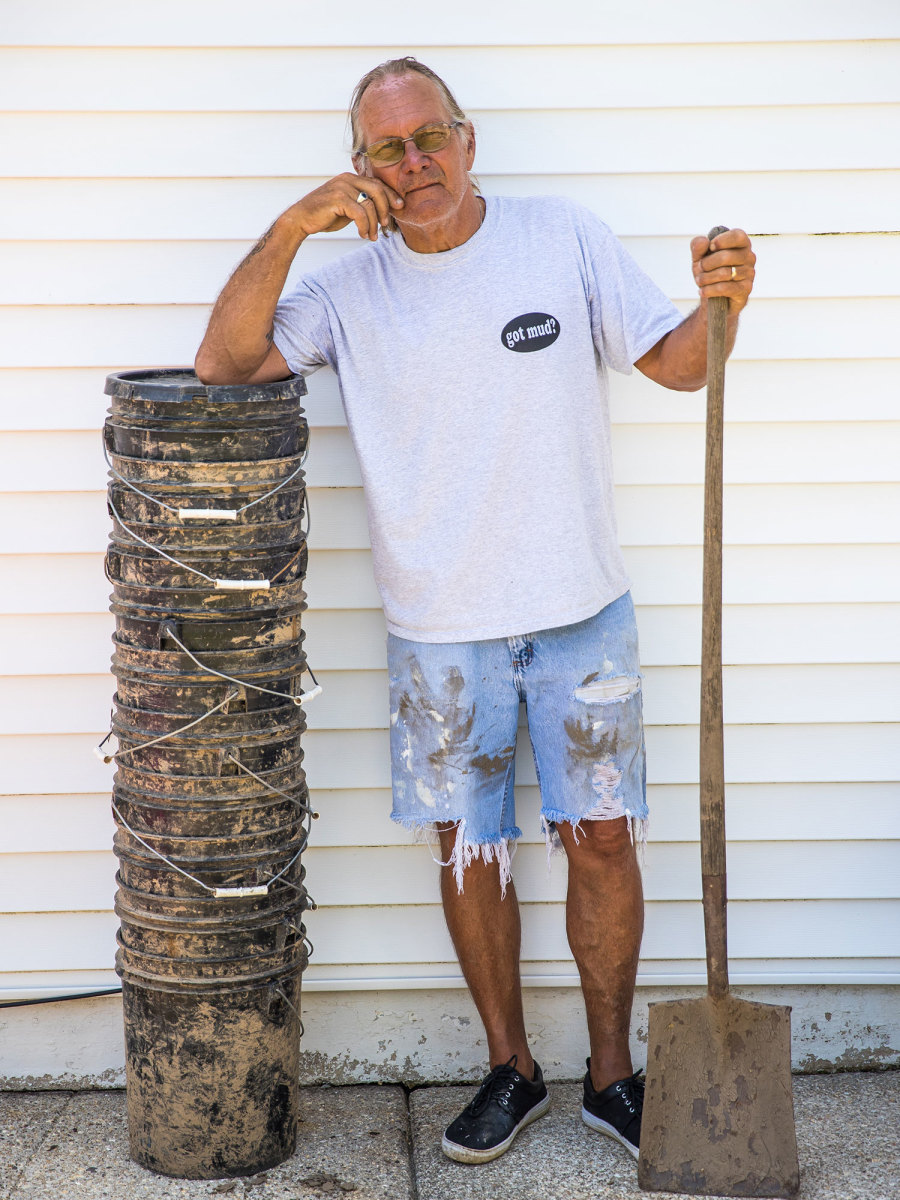
Thompson believes that Rawlings will find an answer: “It’s just a slow burn here, and we’ll get the ball precisely the way they want it.” Bintliff isn’t so sure: “Nope. Can’t do it.” Either way, Bintliff isn’t particularly worried. Even if Rawlings’ prototype does end up being implemented in MLB, the last few years have seen him develop a new revenue stream—football. His mud works its magic just as well on a pigskin, removing the factory sheen without doing anything to muck up the laces. Half of the NFL now places annual orders with Bintliff.
Bintliff plans to retire, though not necessarily soon. Just as his mother did, he has determined in advance which of his children will take over: 27-year-old Rachel, the youngest of his four, who loved tagging along with him and playing in the mud from the time she was a little girl. But Bintliff wants to give her some more time before the responsibility is hers—she’s still early in her career as a high school teacher, and she only recently married—and, anyway, he’s happy to keep it up. He has a good reason for it, the same reason that his father used to give; it’s the only answer that he has and the only one that he wants: “For the love of the game.”
